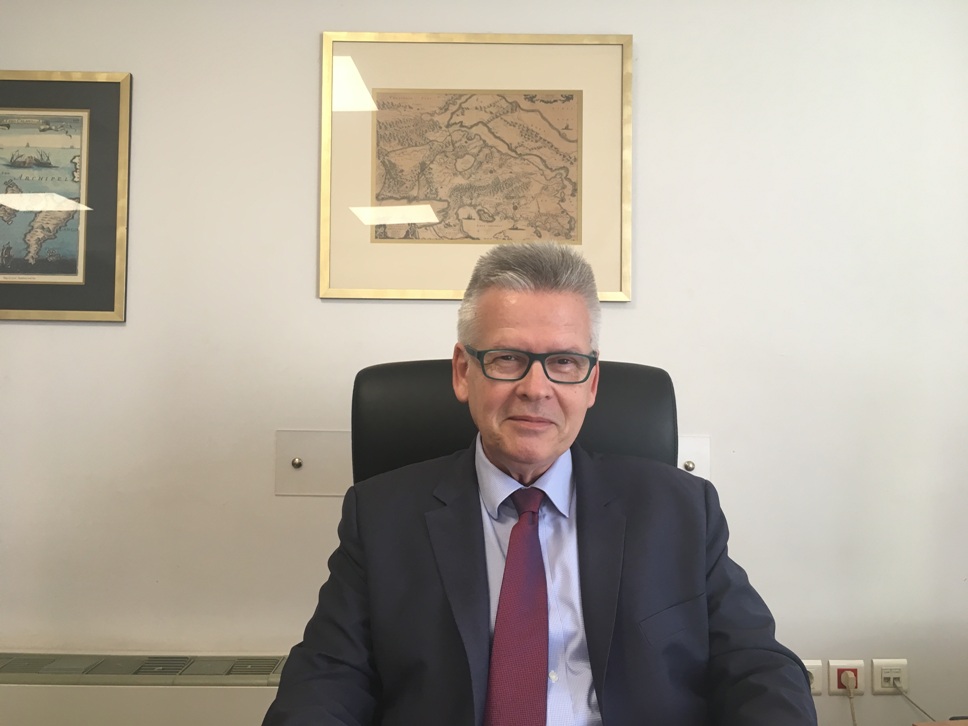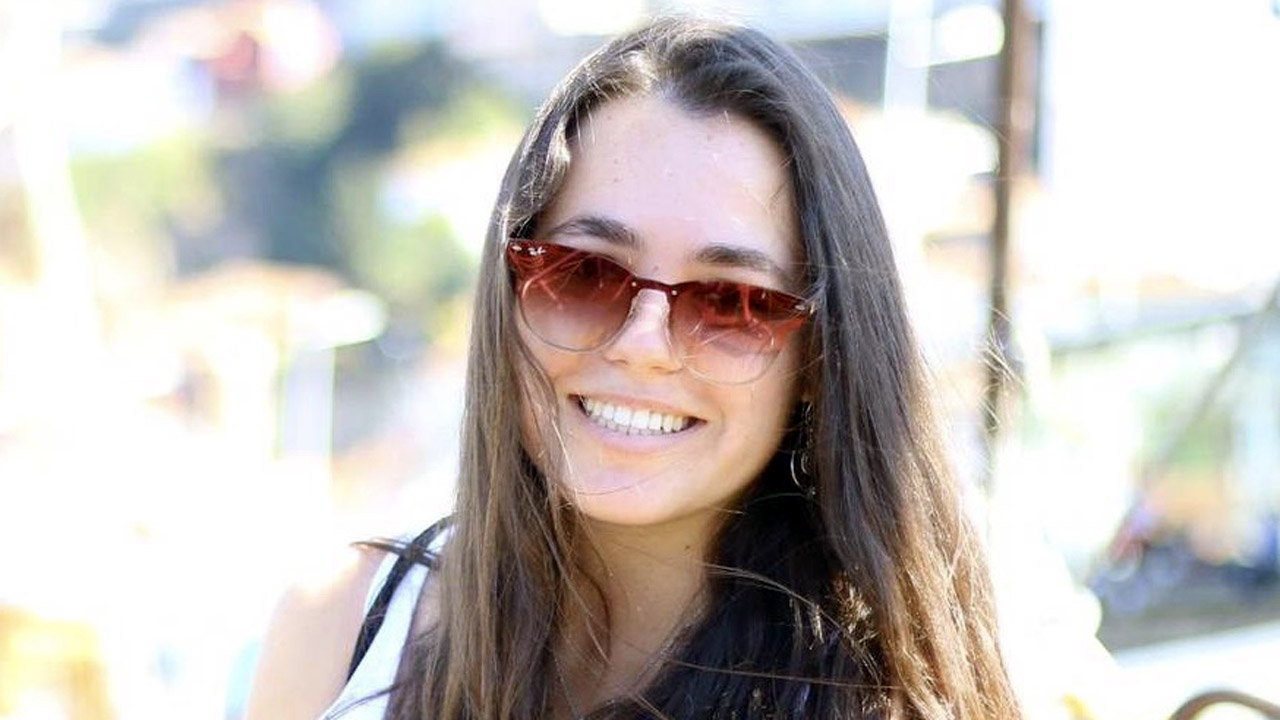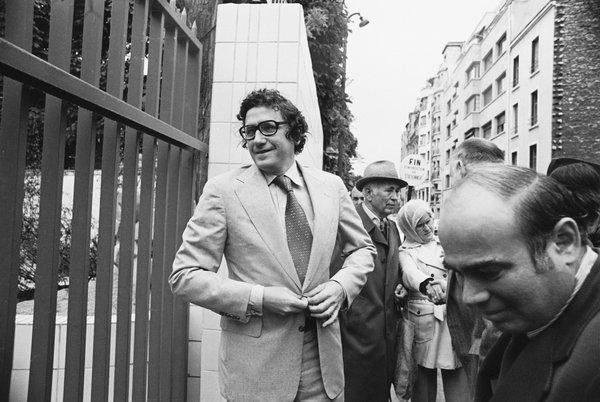The Asper Institute for New Media Diplomacy at IDC Herzliya
The Asper Foundation dedicated the Asper Institute for New Media Diplomacy at the Sammy Ofer School of Communications on June 9, 2007 at the Interdisciplinary Center (IDC), Herzliya.Established through a $1 million donation by The Asper Foundation, The Asper Institute for New Media Diplomacy focuses on the study and use of new media technologies in telling Israel’s story to the world. The unique capabilities of these technologies allow innovative depiction of Israel from new and different perspectives. The Asper Institute also provides workshops on creating effective new media advocacy campaigns and works with students in producing video, audio and written content about various aspects of life in Israel for use in new media channels such as the blogosphere, virtual worlds, social networks, computer games, pod casts and more.As well, the Institute’s courses, seminars and programs in the area of public diplomacy [JB emphasis] are part of the degrees in IDC studies an..
‘Iran-Cuba Friendship Association firm to push for closer cultural ties’
The Iran-Cuba Friendship Association is determined to make every effort to boost the cultural ties between the people of Iran and Cuba, says Hadi Khansari, president of the association.In an interview with the Tehran Times, Khansari voiced his admiration for Cuba and its people, explaining what the Iran-Cuba Friendship Association stands for and what activities it is involved in.According to Khansari, the association was founded in 1381 (2002) by Naser Taqvaee, Farrokh Tamimi, M. Azad and Shams Al Ahamd, but its activities got serious only after he himself got involved in it in 1382 (2003).“As you know, friendship groups receive their permits as NGOs from the Interior Ministry. They work under the public diplomacy [JB emphasis] department of the Foreign Ministry and they must be confirmed by security and intelligence services,” he explained.“Soon after I jointed the Iran-Cuba Friendship Association, the association held the fi..
Singapur usvojio zakon protiv lažnih vesti i botovanja
Singapur je usvojio kontroverzni zakon protiv lažnih vesti, koji vlastima omogućava da nalože onlajn platformama, pa čak i privatnim grupama za ćaskanje, da izbrišu ono što se proceni kao neistinita izjava "protiv javnog interesa", kao i da moraju da objave ispravku.
An artist’s concept of the T-80 courtesy of “Soviet Military Power” Magazine in 1982...
Soviet Military Power was a public diplomacy [JB emphasis] publication of the US Defense Intelligence Agency (DIA), which provided an estimate of the military strategy and capabilities of the Soviet Union during the final years of the Cold War, ostensibly to alert the US public to the significant military capabilities of the Soviet Armed Forces. First published in early October 1981, it became an annual publication from 1983 until the collapse of the Soviet Union in 1991. Already in draft as the Soviet Union collapsed, the 1991 version was retitled "Military Forces in Transition". In addition to the majority English version, Soviet Military Power was translated, printed, and disseminated in a variety of languages, including German, French, Japanese, Italian, and Spanish.
Public Diplomacy: Panagiotis Agrafiotis on the Discreet Charm of Press Officers
Public diplomacy [JB emphasis]is a widely and frequently used term that “has been defined so many times over the years by different actors in different nations, that it is difficult, if not impossible, to establish a singular definition which reflects the broad array of interests and practices associated with it”[1]. The term “public diplomacy” was coined in 1965 by Edmund Gullion, Dean of the Edward Murrow Center of Public Diplomacy at the Fletcher School of Law and Diplomacy at Tufts University[2]. Gullion, who believed that journalists and diplomats had much in common, defined Public Diplomacy as “dealing with the influence of public attitudes on the formation and execution of foreign policies”, which was further defined as “using modern instruments and techniques of communication to inform large or influential segments of national populations that may even motivate them to a particular course of action”[3]. In other words, Public Diplomacy’s ultim..
Shifting Attitudes in the Arab World toward Israel: The Importance of Public Diplomacy
How do Arab citizens view Israel and the Israeli-Palestinian conflict and what does this mean for US public diplomacy? To what extent have attitudes shifted since 2006, and should US public diplomacy strategies change accordingly? This article assesses national-level public opinion toward diplomatic, security, and economic relations with Israel using new Arab Barometer data from fifteen Arab countries spanning a ten year period between 2006 and 2016. Several findings emerge. First, support for recognizing Israel if a two-state solution is reached with the Palestinians declined between 2006 and 2013 in six countries — Lebanon, Iraq, and North Africa (including Algeria, Morocco, Tunisia, and Egypt)..
My heart was in the East. Now, my body is too.
Libi b’mizrach aval ani b’sof ma’arav. My heart is in the East, but I am at the edge of West.
That line, written hundreds of years ago, is a common sentiment among Israeli Americans like me. Though we physically live in the United States, our hearts, minds and souls are always in Israel. I’ve heard many friends liken that saying to a sense of lost identity, but for me, it’s exactly the opposite. Being an Israeli American and a Jewish American, I feel like I’m part of this amazing global Jewish community, from Berkeley to Jerusalem, connecting me with a network of Jewish thinkers, builders and doers.
And thanks to a Masa Israel Journey program, I’m growing that network by living and working in Israel this year as part of their Israel Government Fellows Program.
Returning to Israel felt like bringing my family’s history full circle. My parents came to Israel in 1991, fleeing persecution in the for..
Richard Holbrooke and Public Diplomacy
I was the Public Affairs Officer at American Embassy Belgrade, 1975-1978, and spent much time in the presence of Holbrooke, especially when he was talking to the media. Some of my observations re him:
(1) "Richard Holbrooke: Able and Insufferable," HuffPost (06/12/2009; updated May 25, 2011) [article has one reference to PD]
(2) "Richard Holbrooke’s Public Diplomacy: The Case of the US Cultural Center in Belgrade," HuffPost (12/22/2010; updated May 25, 2011) [entry has two reference to PD, and a note by PD's legendary Walter Roberts]
(3) "Strategic Communications and the Graveyard of Empires," HuffPost (09/29/2009; updated May 25, 2011) [article has two references to PD, including an important quote by Holbrooke re PD]
(4) "Strategic Communications: The Debate Continues," HuffPost (11/28/2009; updated May 25, 2011)]
BTW, a favorite joke..
Christchurch Mosque Shootings: Public Diplomacy on Display?
Muhsin Puthan Purayil, hegeopolitics.com, March 20, 2019
Ardern image from article: Stuartyeates [CC BY-SA 4.0], via Wikimedia Commons
The recent tragic attacks on mosques in New Zealand sent shock waves across the world. While international community expressed their condolences and support to the Muslims in the country through various means including raising money through online campaigns, what impressively stood out in the media was the image of the New Zealand Prime Minister Jacinda Ardern. PM Ardern wearing Muslim attire was seen visiting and hugging the victims’ family members and survivors in showing empathy and humanity while expressing solidarity and support. As the response from the prime minister received worldwide praise for the humanitarian gesture and garnered tremendous appreciation for her remarkable leadership and nobility, it was indeed beyond that.From a realistic and diplomatic point of view, such show of humanitarian virtues also meant two things – management of ter..
The Power of the Arts in Public Diplomacy
amerikahaus.de; original article contains links
Freitag, 10. Mai 2019, 18:00 Uhr
During his musical performance, American classical pianist John Robilette will share insights about his time as a cultural ambassador during the Cold War.
Free admission.
The Power of the Arts in Public Diplomacy [JB emphasis]
Lecture and Musical Performance / Free admission
American classical pianist John Robilette created and directed the Artistic Ambassador Program for the American government in the 1980s. This cultural exchange program sent unrecognized American classical musicians on concert tours throughout 63 countries overseas to support U.S. American public diplomacy. During his musical performance, he will share insights about being a cultural ambassador during the Cold War.
John Robilette has performed throughout the world on four continents and in 25 countries to critical acclaim. He has been honored in the White House and also gave a recital as part of the inaugural festivities for President..
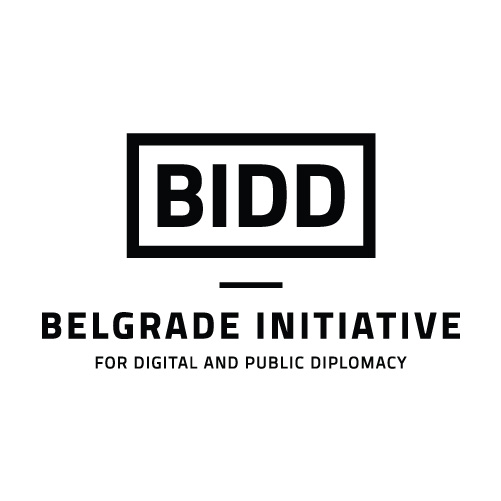
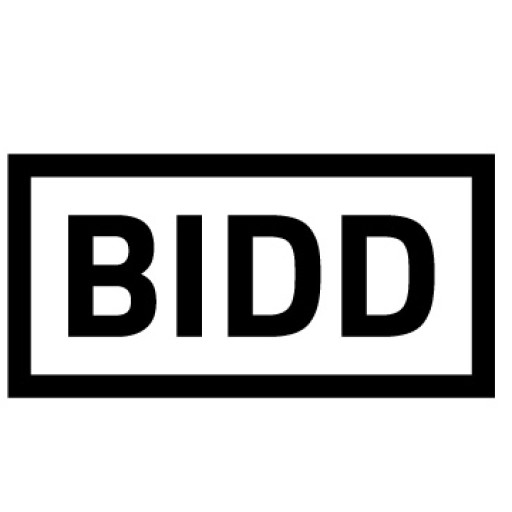



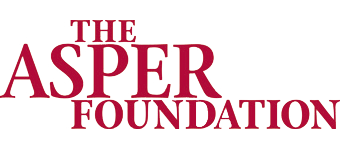
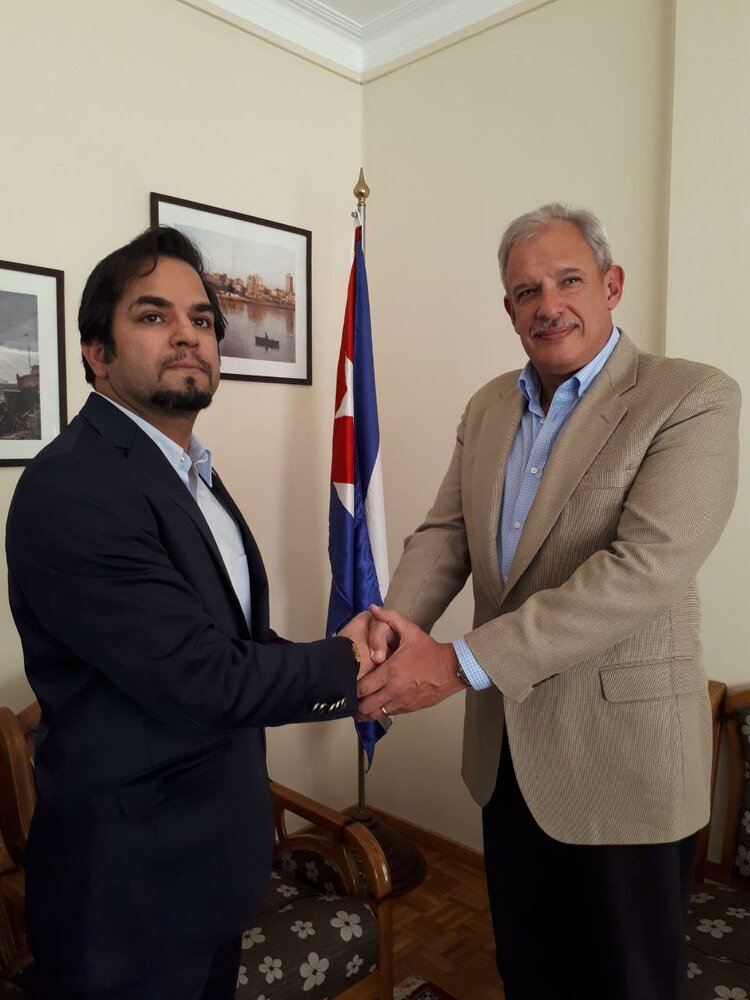

![An artist’s concept of the T-80 courtesy of “Soviet Military Power” Magazine in 1982 [1593×1049]](https://www.bidd.org.rs/wp-content/uploads/2019/05/ubcnjnzfcpx21.jpg)
